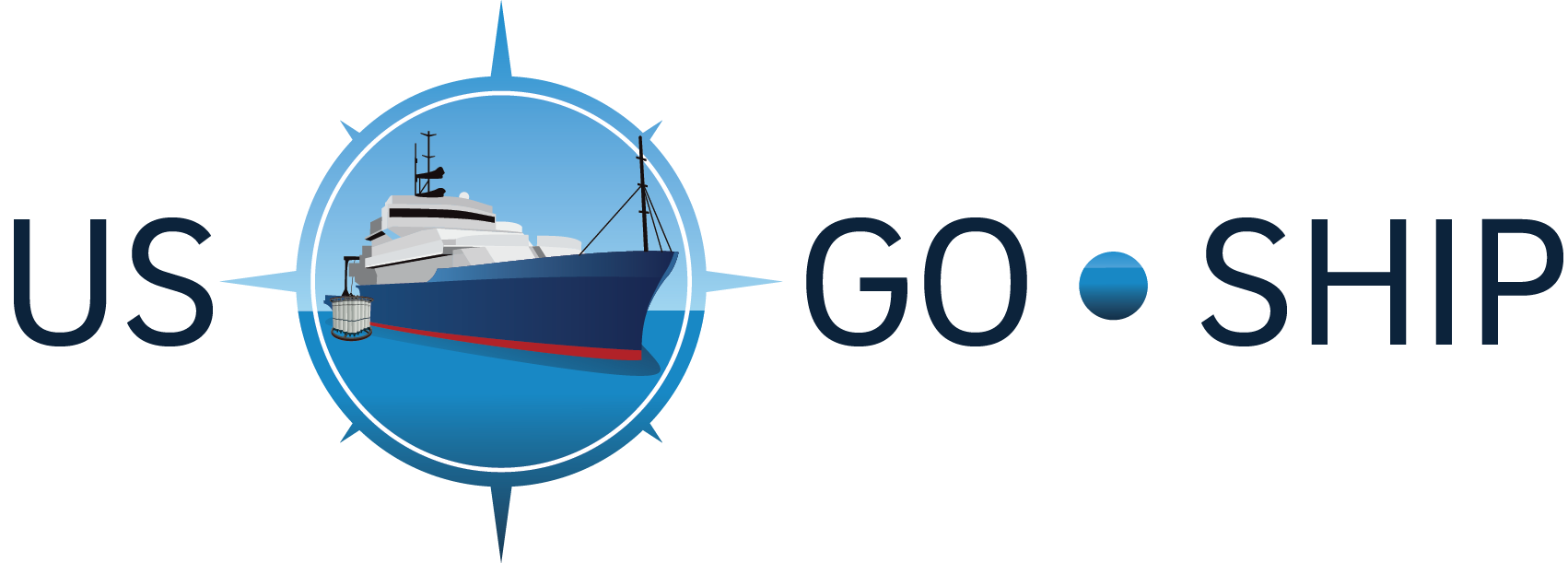The U.S. program measurements are presently divided into three levels in order of priority. Level 1 core measurements are mandatory on all cruises. The levels are also the suggested standard for international collaborators, and should be measured at the highest practical spatial resolution. The rationale for classifying a measurement as Level 1 is based on data required to directly quantify change in ocean carbon inventory, estimate anthropogenic CO2 empirically, characterize large-scale water mass ventilation rates, constrain horizontal heat, freshwater, carbon, nitrogen, and oxygen transports and/or net divergence, and provide an on-going basis for model evaluation. Level 2 measurements are highly desirable. They may be collected on coarser spacing and will be closely coordinated with the core effort. Level 3 ancillary measurements are done according to opportunity and space available. They should not significantly interfere with Level 1 or 2 efforts, and may be regional or specific to an individual cruise.
Within the U.S. a consortium of scientists typically leads each Level 1 and 2 observation type, working to integrate their measurement program within the framework of the Carbon/CLIVAR national and international program requirements.
Level 1 data (Required)
US GO-SHIP Level 1 measurements are core measurements (required with stringent data policy and timeline for submission of data):
- Dissolved inorganic carbon (DIC)
- Total Alkalinity (TAlk)
- pH
- CTD pressure, temperature, salinity (calculated)
- CTD oxygen (sensor)
- Bottle salinity
- Nutrients by standard auto analyzer (NO3/NO2, NO2, PO4, SiO3)
- Nitrate NO3 (calculated)
- Dissolved oxygen
- Chlorofluorocarbons (CFC-11, -12) and SF6
- Dissolved organic carbon
- Total dissolved nitrogen
- Surface underway system (T, S, pCO2)
- ADCP shipboard
- ADCP lowered
- Underway navigation and bathymetry
- Meteorological
Level 2 data (Highly Desirable)
US GO-SHIP Level 2 measurements are core measurements (highly desirable with stringent data policy and timeline for submission of data):
- Tritium-3He
- Discrete pCO2
- 14C by AMS
- CCl4
- δ13C of DIC
- Fe/trace metals
- CTD Transmissometer
- Surface underway system (nutrients, O2, Chl, skin temperature)
- CFC-113
- N2O
Level 3 data (Ancillary)
US GO-SHIP is committed to support as many ancillary programs as possible, and leverages new technology, biology, rare elements, etc.
Find out how to submit a proposal for Level 3 data.
These are some of the Level 3 measurements from past cruises (ancillary, with data policy outside GO-SHIP):
- Underway EK-80
- Chlorophyll
- Primary production
- HPLC pigments
- POC
- Fluorometry and backscatter
- Rare earth elements (REE)
- Experimental continuous analyzers
- δ15N of NO3
- 32Si
- δ18O of H2O
- NH4
- Low level nutrients
- Total organic phosphorus
- Upper ocean optical
- Isotopes of O2
- N2, Ar, O2
- Methyl halides
- DMS
- Chipods/turbulence
- Bacterial Abundance
- Bacterial Production
- Dissolved combined neutral sugars
- DNA
- Sargassum
- Drifters deployment
- Floats deployment
- Gliders deployment
- Underwater Vision Profiler
